Ziaur Rahman
Dependable Intrusion Detection System for IoT: A Deep Transfer Learning-based Approach
Apr 11, 2022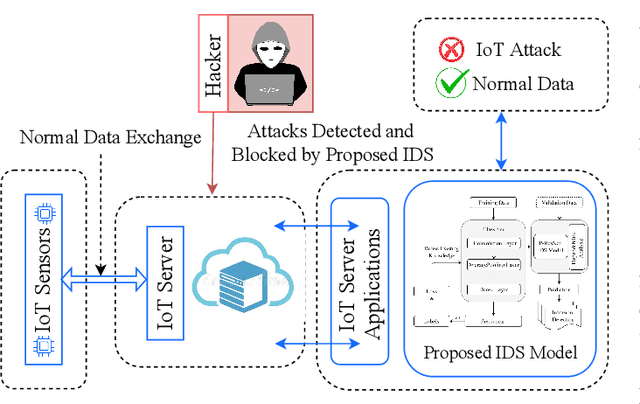
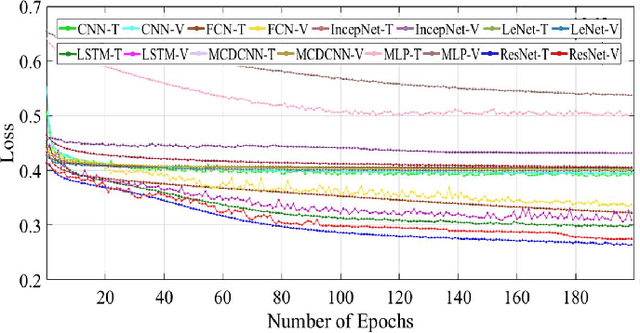
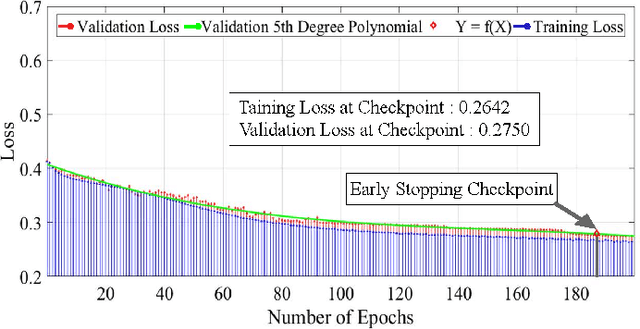
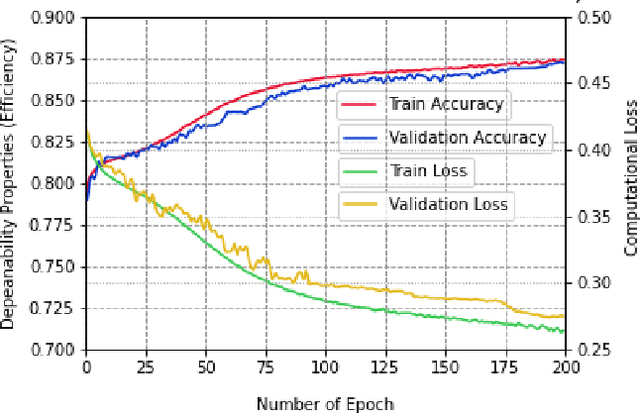
Abstract:Security concerns for IoT applications have been alarming because of their widespread use in different enterprise systems. The potential threats to these applications are constantly emerging and changing, and therefore, sophisticated and dependable defense solutions are necessary against such threats. With the rapid development of IoT networks and evolving threat types, the traditional machine learning-based IDS must update to cope with the security requirements of the current sustainable IoT environment. In recent years, deep learning, and deep transfer learning have progressed and experienced great success in different fields and have emerged as a potential solution for dependable network intrusion detection. However, new and emerging challenges have arisen related to the accuracy, efficiency, scalability, and dependability of the traditional IDS in a heterogeneous IoT setup. This manuscript proposes a deep transfer learning-based dependable IDS model that outperforms several existing approaches. The unique contributions include effective attribute selection, which is best suited to identify normal and attack scenarios for a small amount of labeled data, designing a dependable deep transfer learning-based ResNet model, and evaluating considering real-world data. To this end, a comprehensive experimental performance evaluation has been conducted. Extensive analysis and performance evaluation show that the proposed model is robust, more efficient, and has demonstrated better performance, ensuring dependability.
* 12 pages, 13 Figures, 4 tables IEEE Transaction
A Systematic Literature Review on Blockchain Enabled Federated Learning Framework for Internet of Vehicles
Mar 10, 2022
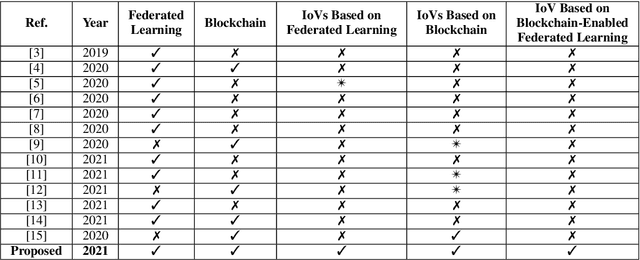
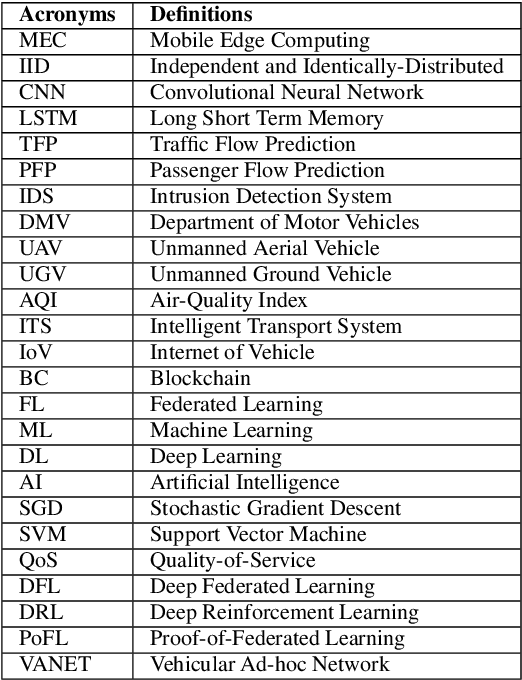
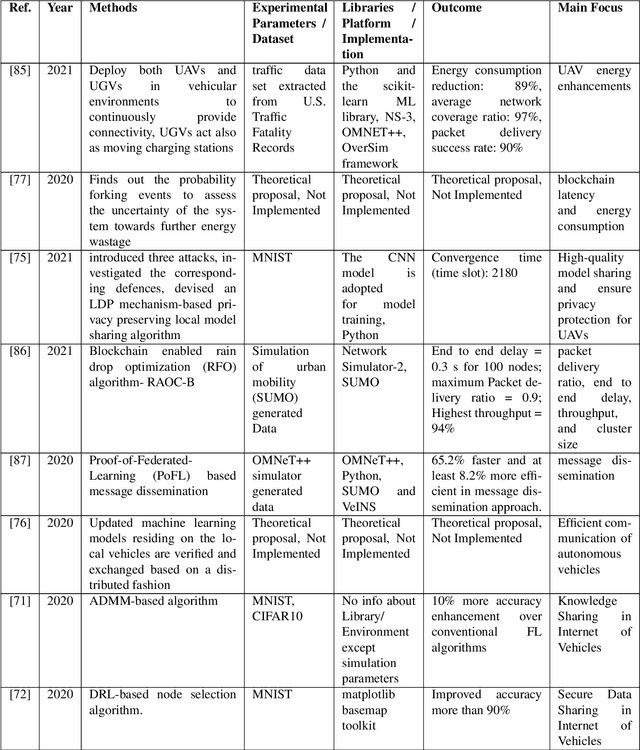
Abstract:While the convergence of Artificial Intelligence (AI) techniques with improved information technology systems ensured enormous benefits to the Internet of Vehicles (IoVs) systems, it also introduced an increased amount of security and privacy threats. To ensure the security of IoVs data, privacy preservation methodologies have gained significant attention in the literature. However, these strategies also need specific adjustments and modifications to cope with the advances in IoVs design. In the interim, Federated Learning (FL) has been proven as an emerging idea to protect IoVs data privacy and security. On the other hand, Blockchain technology is showing prominent possibilities with secured, dispersed, and auditable data recording and sharing schemes. In this paper, we present a comprehensive survey on the application and implementation of Blockchain-Enabled Federated Learning frameworks for IoVs. Besides, probable issues, challenges, solutions, and future research directions for BC-Enabled FL frameworks for IoVs are also presented. This survey can further be used as the basis for developing modern BC-Enabled FL solutions to resolve different data privacy issues and scenarios of IoVs.
Deep Transfer Learning Based Intrusion Detection System for Electric Vehicular Networks
Jul 12, 2021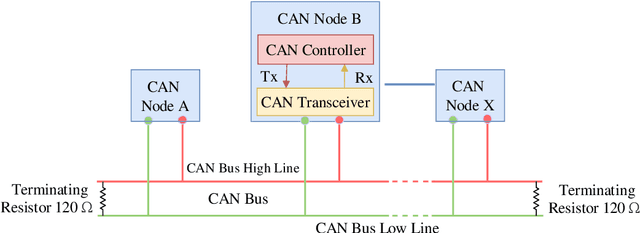
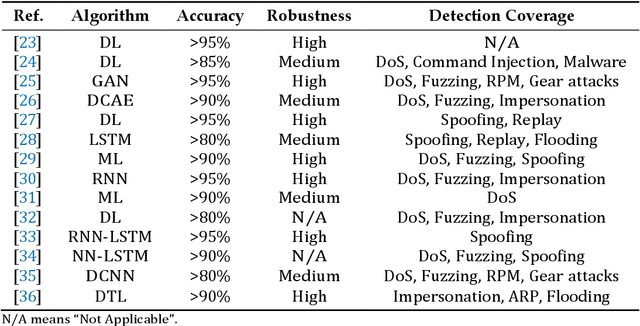
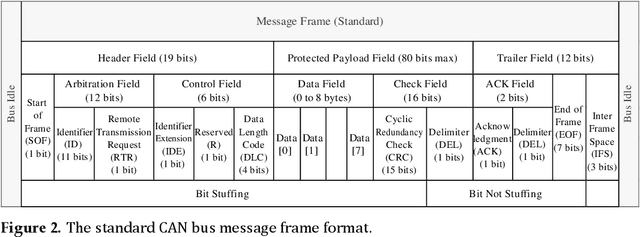

Abstract:The Controller Area Network (CAN) bus works as an important protocol in the real-time In-Vehicle Network (IVN) systems for its simple, suitable, and robust architecture. The risk of IVN devices has still been insecure and vulnerable due to the complex data-intensive architectures which greatly increase the accessibility to unauthorized networks and the possibility of various types of cyberattacks. Therefore, the detection of cyberattacks in IVN devices has become a growing interest. With the rapid development of IVNs and evolving threat types, the traditional machine learning-based IDS has to update to cope with the security requirements of the current environment. Nowadays, the progression of deep learning, deep transfer learning, and its impactful outcome in several areas has guided as an effective solution for network intrusion detection. This manuscript proposes a deep transfer learning-based IDS model for IVN along with improved performance in comparison to several other existing models. The unique contributions include effective attribute selection which is best suited to identify malicious CAN messages and accurately detect the normal and abnormal activities, designing a deep transfer learning-based LeNet model, and evaluating considering real-world data. To this end, an extensive experimental performance evaluation has been conducted. The architecture along with empirical analyses shows that the proposed IDS greatly improves the detection accuracy over the mainstream machine learning, deep learning, and benchmark deep transfer learning models and has demonstrated better performance for real-time IVN security.
* 23 Pages, 14 Figures, 6 Tables with Appendix
Bi-Level Poisoning Attack Model and Countermeasure for Appliance Consumption Data of Smart Homes
Jul 01, 2021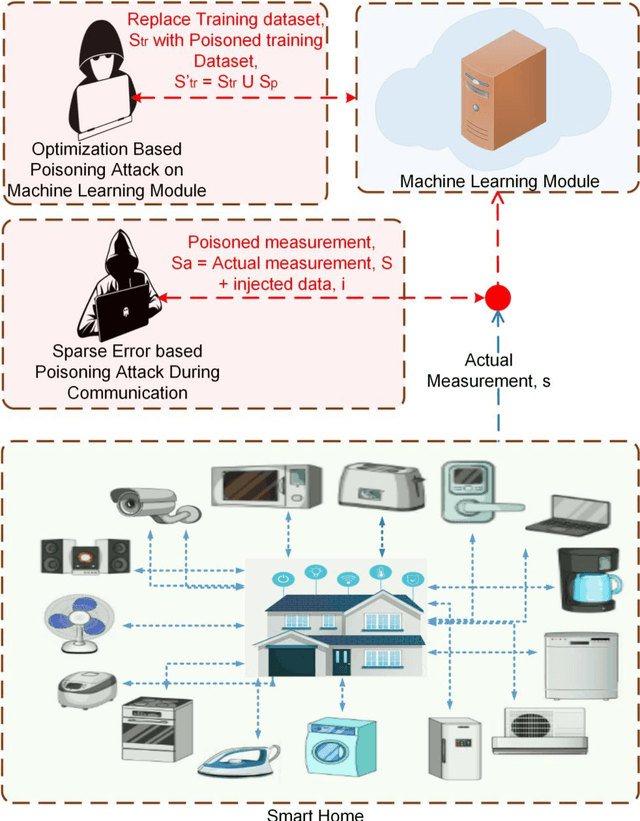
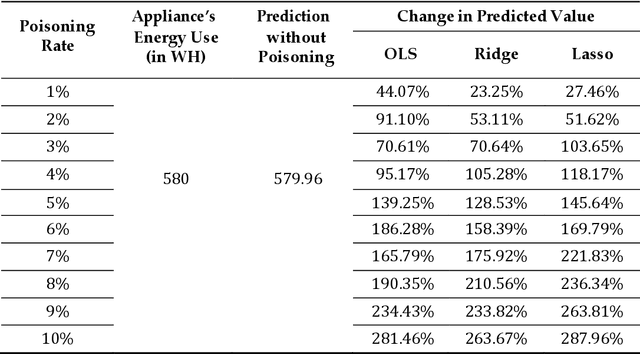
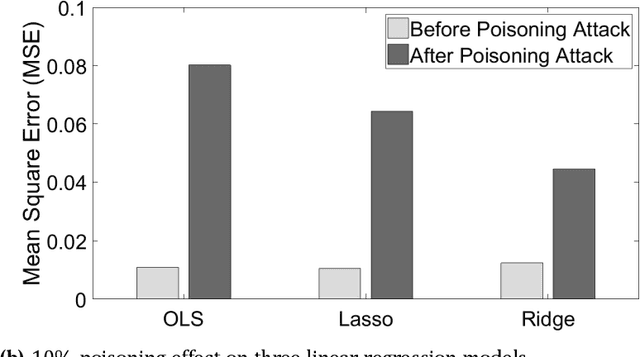
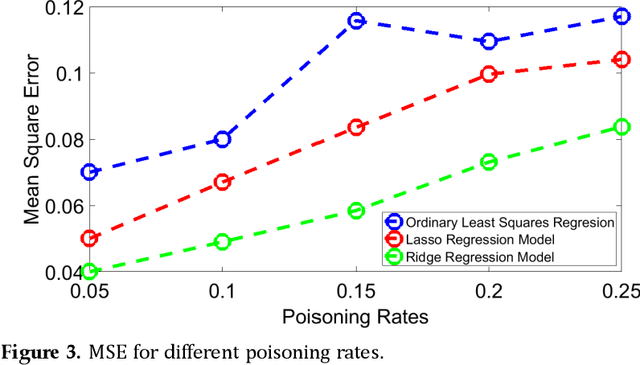
Abstract:Accurate building energy prediction is useful in various applications starting from building energy automation and management to optimal storage control. However, vulnerabilities should be considered when designing building energy prediction models, as intelligent attackers can deliberately influence the model performance using sophisticated attack models. These may consequently degrade the prediction accuracy, which may affect the efficiency and performance of the building energy management systems. In this paper, we investigate the impact of bi-level poisoning attacks on regression models of energy usage obtained from household appliances. Furthermore, an effective countermeasure against the poisoning attacks on the prediction model is proposed in this paper. Attacks and defenses are evaluated on a benchmark dataset. Experimental results show that an intelligent cyber-attacker can poison the prediction model to manipulate the decision. However, our proposed solution successfully ensures defense against such poisoning attacks effectively compared to other benchmark techniques.
* 17 Pages, 7 Figures, 1 table
Design and implementation of an islanded hybrid microgrid system for a large resort center for Penang Island with the proper application of excess energy
Jul 01, 2021



Abstract:The energy demand is growing daily at an accelerated pace due to the internationalization and development of civilization. Yet proper economic utilization of additional energy generated by the Islanded Hybrid Microgrid System (IHMS) that was not consumed by the load is a major global challenge. To resolve the above-stated summons, this research focuses on a multi-optimal combination of IHMS for the Penang Hill Resort located on Penang Island, Malaysia, with effective use of redundant energy. To avail this excess energy efficiently, an electrical heater along with a storage tank has been designed concerning diversion load having proper energy management. Furthermore, the system design has adopted the HOMER Pro software for profitable and practical analysis. Alongside, MATLAB Simulink had stabilized the whole system by representing the values of 2068 and 19,072 kW that have been determined as the approximated peak and average load per day for the resort. Moreover, the optimized IHMS is comprehended of Photovoltaic (PV) cells, Diesel Generator, Wind Turbine, Battery, and Converter. Adjacent to this, the optimized system ensued in having a Net Present Cost (NPC) of $21.66 million, Renewable Fraction (RF) of 27.8%, Cost of Energy (COE) of $0.165/kWh, CO2 of 1,735,836 kg/year, and excess energy of 517.29MWh per annum. Since the diesel generator lead system was included in the scheme, a COE of $0.217/kWh, CO2 of 5,124,879 kg/year, and NPC of $23.25 million were attained. The amount of excess energy is effectively utilized with an electrical heater as a diversion load.
* 15 Pages, 14 Figures, 6 Tables
 Add to Chrome
Add to Chrome Add to Firefox
Add to Firefox Add to Edge
Add to Edge